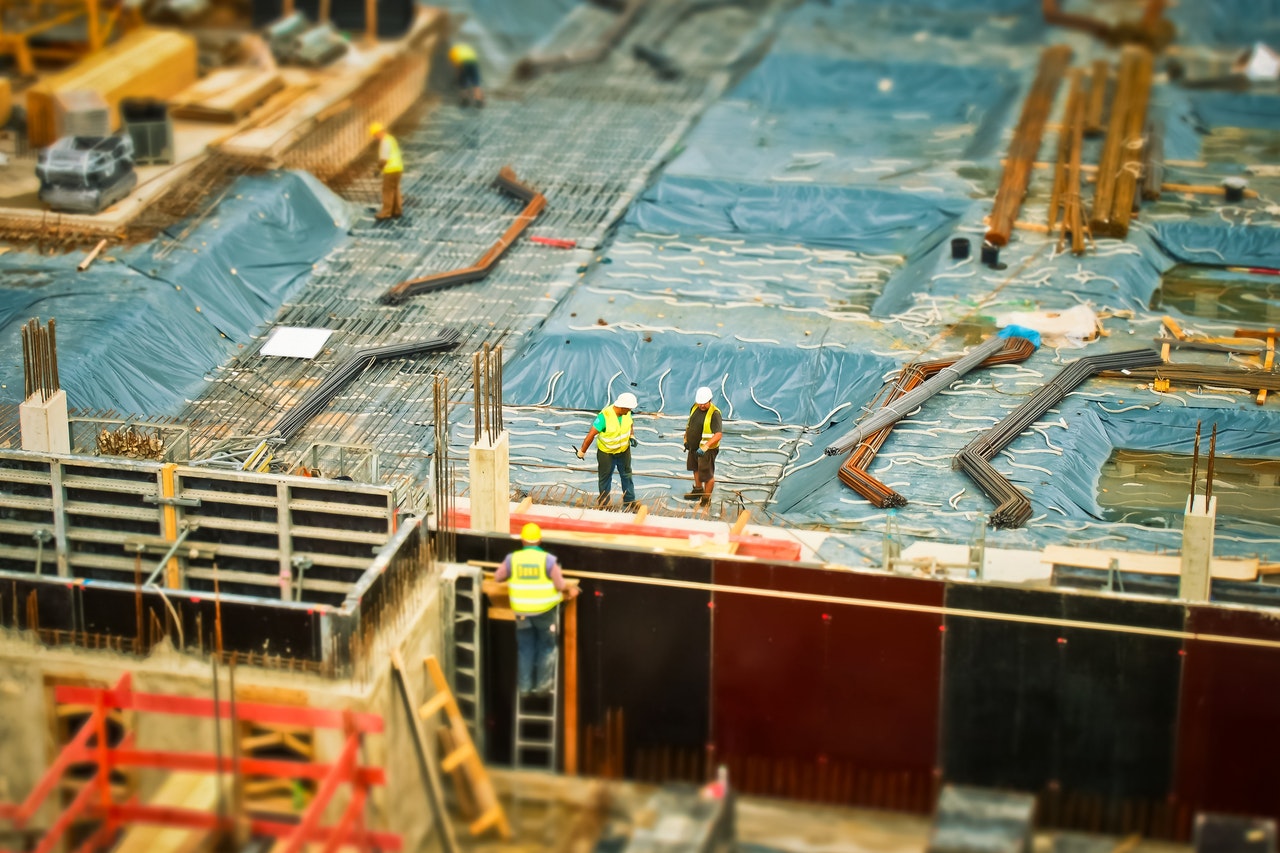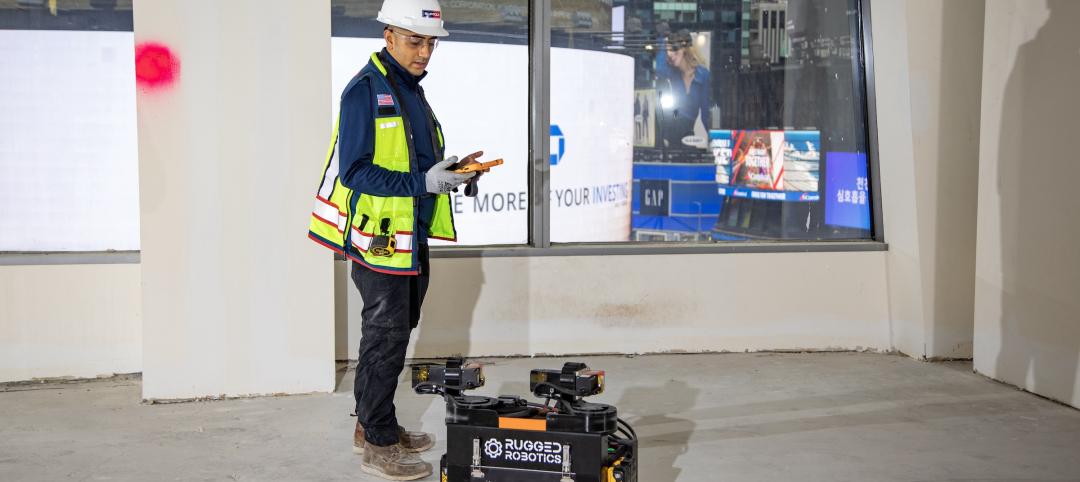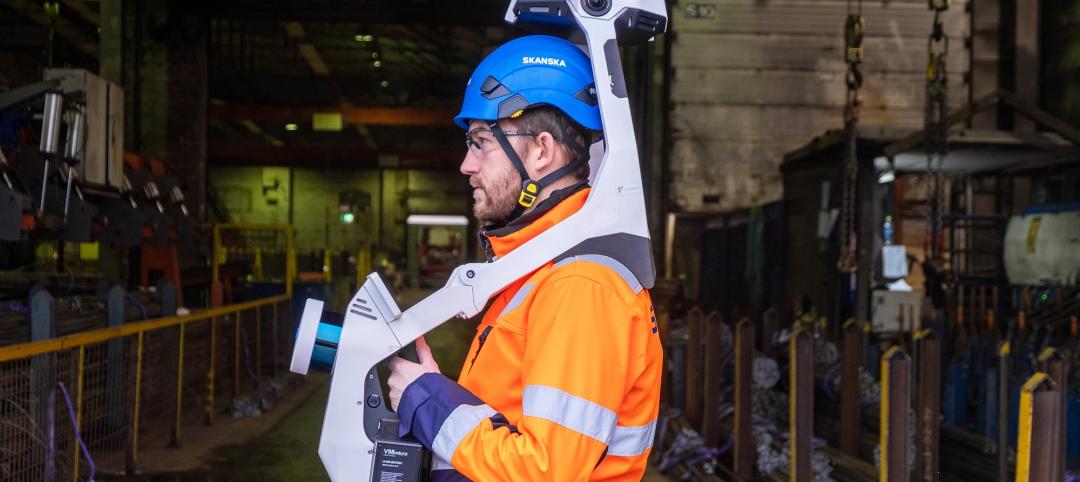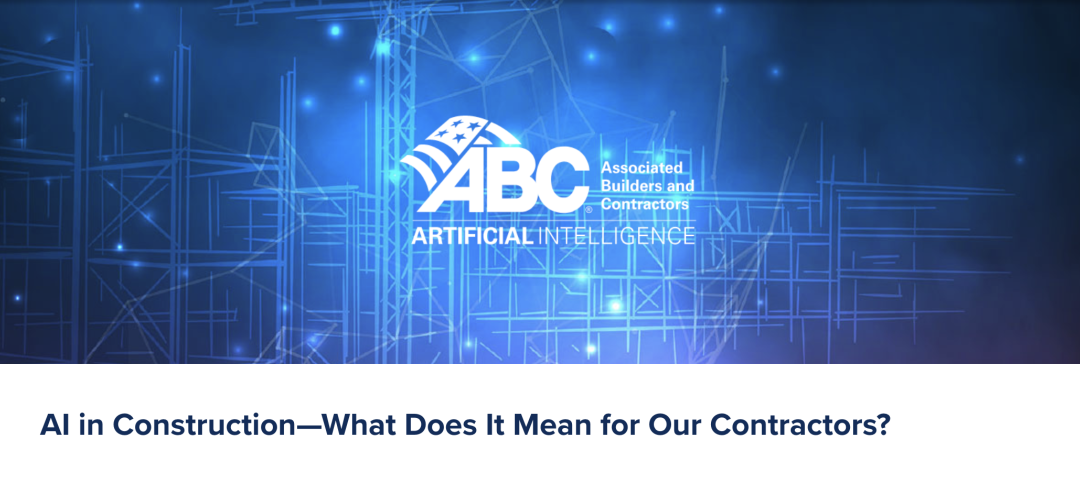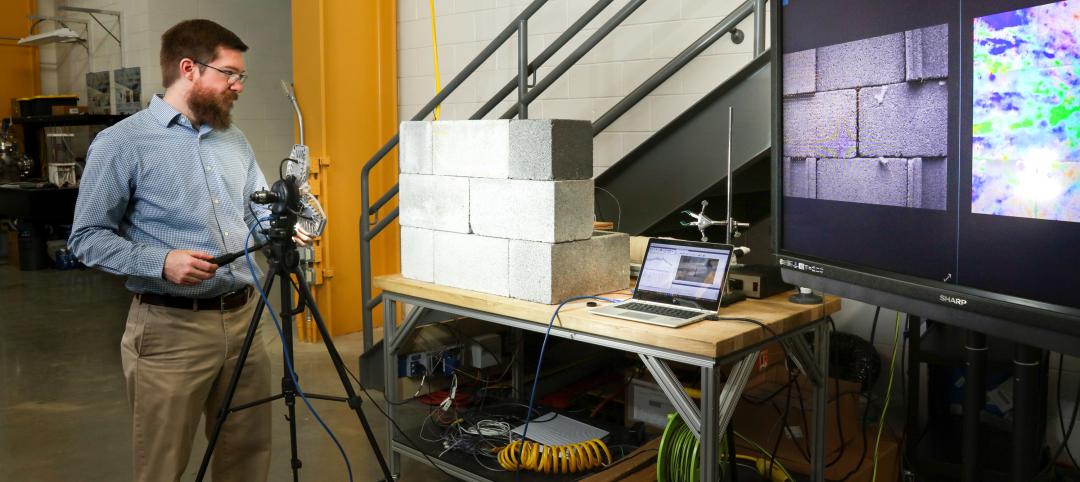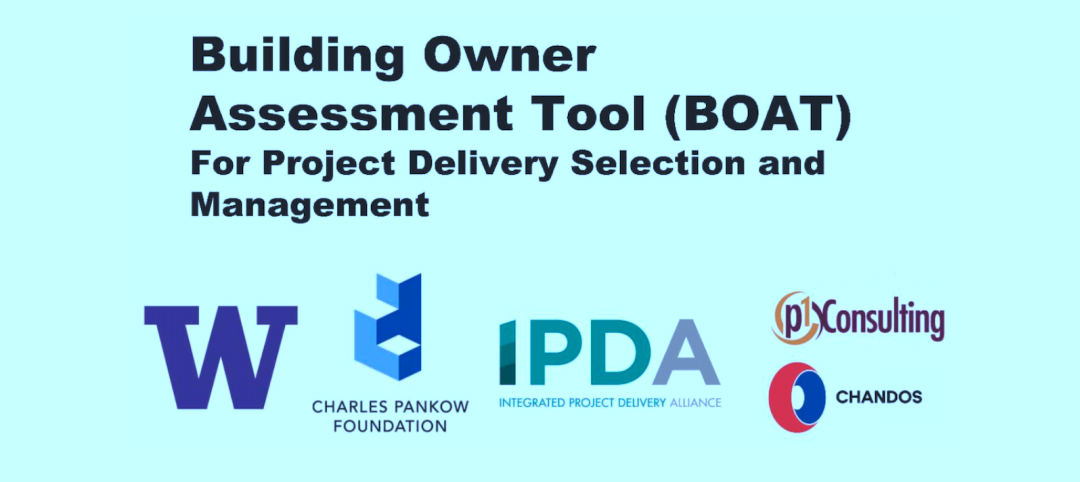McKinsey & Company, the international corporate consulting firm, has issued a new research study, “Modular construction: From projects to products.” Written by an international team, it discusses a wide range of building sectors, but its main focus is multifamily.
The authors claim that modular construction could claim $45 billion of the total $277 billion new-build multifamily market by 2030 in the U.S. and Europe at moderate penetration and save $6 billion a year in costs.
Assuming the U.S. represents at least half of the market (probably more like 60-70%), those would seem to be very attractive numbers for apartment, student housing, and senior living construction, where modular construction works best.
SEE ALSO: Almost everything you wanted to know about industrial construction
But I have some problems with the McKinsey findings. To start with, I wonder where they got the $277 billion figure for multifamily construction in the U.S. and Europe by 2030. That looks really high to me. It would be a godsend if the U.S. could be producing half of that, say, $130 billion or more of apartments and other forms of multifamily—we sure could use them. But with the U.S. producing at best $60-70 billion in multifamily construction, it’s hard to see a doubling of that rate of construction in the next decade.
The McKinsey numbers may also be weighted toward the rest of the world, less so toward the U.S. One of the charts I found most intriguing (page 22 of the report, if you’re keeping score) had to do with the current offsite share of housing by country, i.e., how much “factory-produced” housing construction is going on in various countries.
The global leader turns out to be the trifecta of Finland-Norway-Sweden, where 45% of housing construction is produced off site, followed by Japan (15%), Germany (10%), China (6%), and Australia and the U.K. (each 5%). The U.S.? Three percent.
It’s not all doom and gloom for the U.S. Modular, prefab, or “industrial construction” is starting to catch on, particularly in student housing and the low- to mid-rise apartment sector. One reason for this is the pervasive adoption of Revit and other 3D modeling tools, which make it relatively easy to transfer data from the designer’s desktop directly to the offsite factory.
Another reason why we’ll see more industrial construction in multifamily is the dire shortage of skilled labor. As the McKinsey experts note, shifting to offsite manufacture is cheaper—and “it may even attract new people into the workforce who do not wish to move from one construction site to another following projects.” Or who’d rather be in a nice cozy factory than freezing their butts on a job site in the middle of a Minnesota winter.
But don’t expect huge savings in initial costs. The most important benefit of offsite construction, when done right, is reliability—the assurance that a wall system or an entire room module can and will be delivered on time and to high level of specification.
Related Stories
AEC Tech | Mar 9, 2024
9 steps for implementing digital transformation in your AEC business
Regardless of a businesses size and type, digital solutions like workflow automation software, AI-based analytics, and integrations can significantly enhance efficiency, productivity, and competitiveness.
AEC Tech | Feb 28, 2024
How to harness LIDAR and BIM technology for precise building data, equipment needs
By following the Scan to Point Cloud + Point Cloud to BIM process, organizations can leverage the power of LIDAR and BIM technology at the same time. This optimizes the documentation of existing building conditions, functions, and equipment needs as a current condition and as a starting point for future physical plant expansion projects.
AEC Innovators | Feb 28, 2024
How Suffolk Construction identifies ConTech and PropTech startups for investment, adoption
Contractor giant Suffolk Construction has invested in 27 ConTech and PropTech companies since 2019 through its Suffolk Technologies venture capital firm. Parker Mundt, Suffolk Technologies’ Vice President–Platforms, recently spoke with Building Design+Construction about his company’s investment strategy.
AEC Tech | Feb 20, 2024
AI for construction: What kind of tool can artificial intelligence become for AEC teams?
Avoiding the hype and gathering good data are half the battle toward making artificial intelligence tools useful for performing design, operational, and jobsite tasks.
AEC Tech | Feb 20, 2024
ABC releases technology guide for AI in construction
Associated Builders and Contractors has released an artificial intelligence (AI) technology guide for the U.S. construction industry. AI in Construction — What Does It Mean for Our Contractors? outlines definitions, construction use cases, and considerations for the implementation of AI in construction.
AEC Tech | Jan 24, 2024
4 ways AEC firms can benefit from digital transformation
While going digital might seem like a playground solely for industry giants, the truth is that any company can benefit from the power of technology.
Modular Building | Jan 19, 2024
Building with shipping containers not as eco-friendly as it seems
With millions of shipping containers lying empty at ports around the world, it may seem like repurposing them to construct buildings would be a clear environmental winner. The reality of building with shipping containers is complicated, though, and in many cases isn’t a net-positive for the environment, critics charge, according to a report by NPR's Chloe Veltman.
AEC Tech | Jan 8, 2024
What's driving the surge of digital transformation in AEC today?
For centuries, the AEC industry has clung to traditional methods and legacy processes—seated patterns that have bred resistance to change. This has made the adoption of new technologies a slow and hesitant process.
Sustainability | Nov 1, 2023
Researchers create building air leakage detection system using a camera in real time
Researchers at the U.S. Department of Energy’s Oak Ridge National Laboratory have developed a system that uses a camera to detect air leakage from buildings in real time.
Building Owners | Aug 23, 2023
Charles Pankow Foundation releases free project delivery selection tool for building owners, developers, and project teams
Building owners and project teams can use the new Building Owner Assessment Tool (BOAT) to better understand how an owner's decision-making profile impacts outcomes for different project delivery methods.


